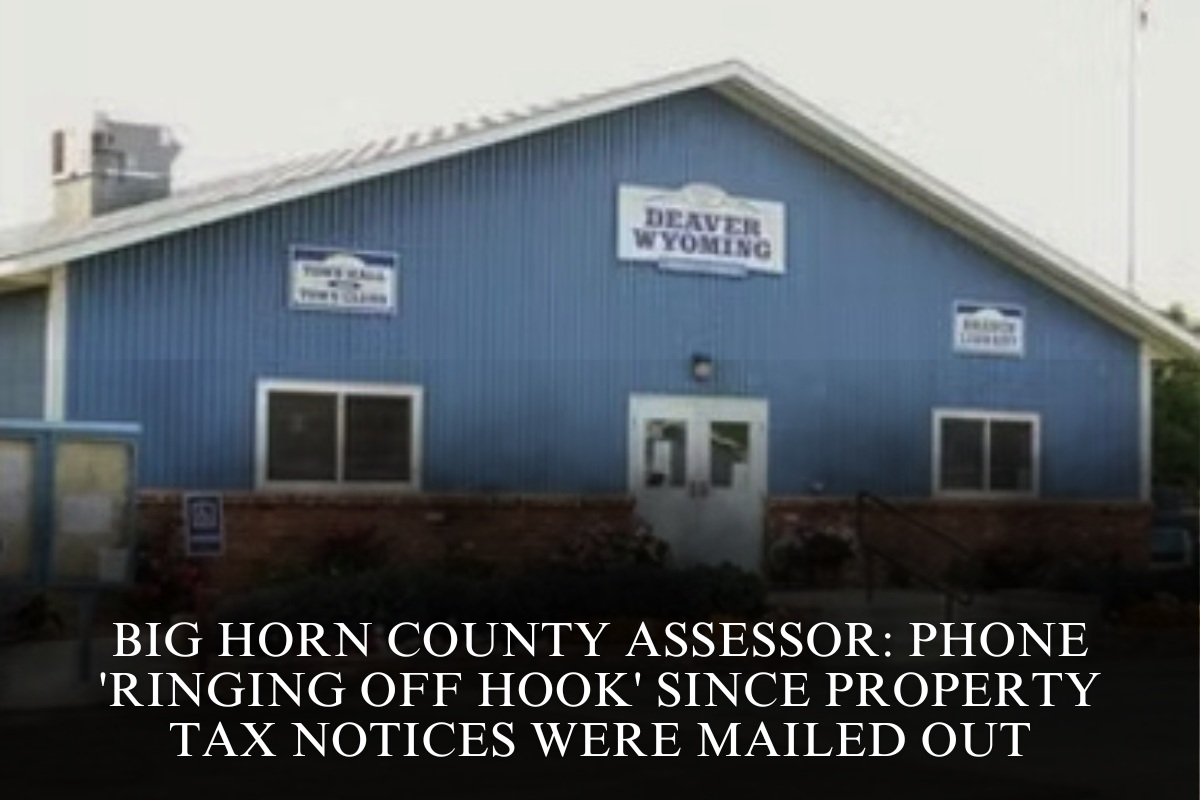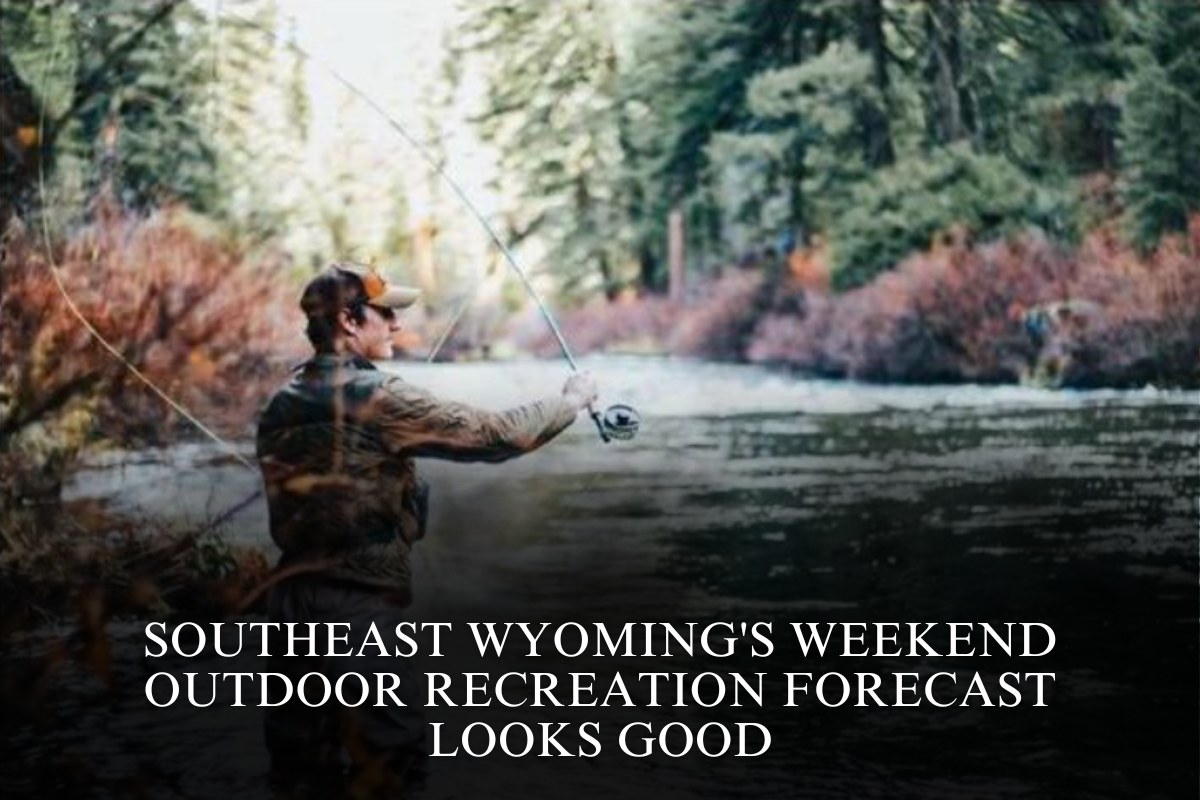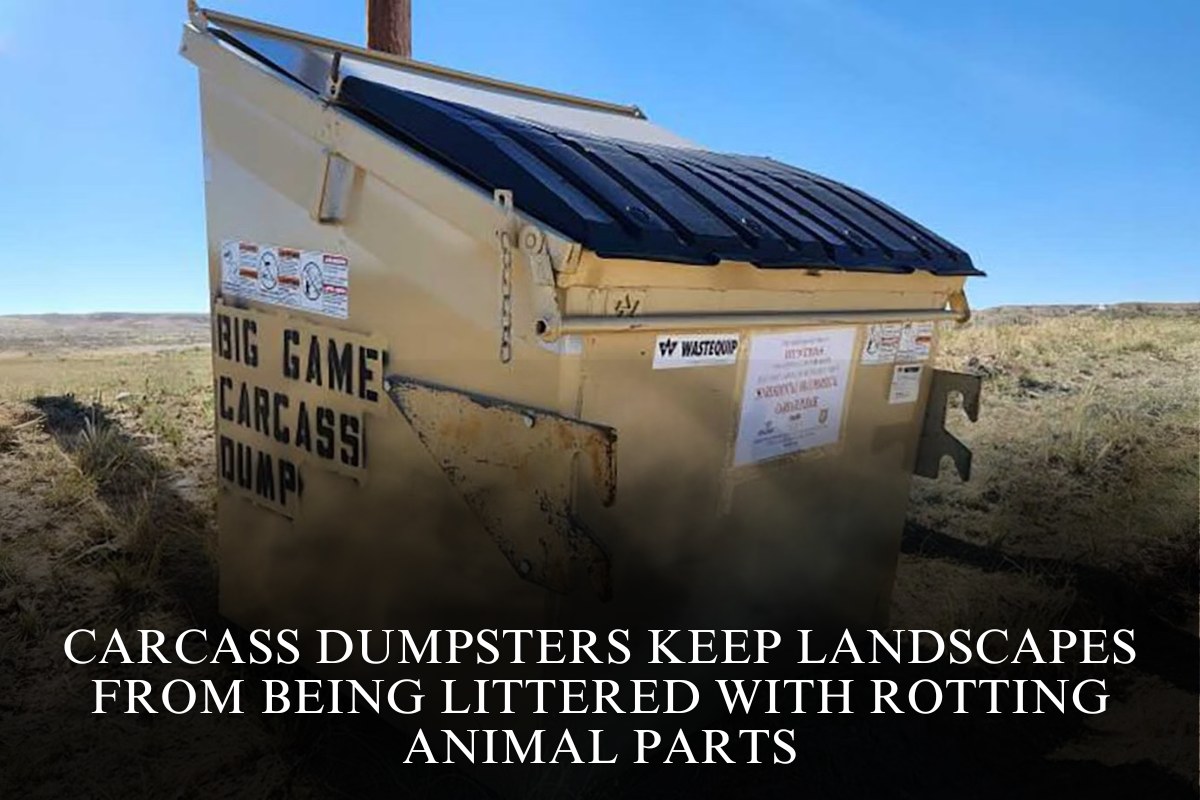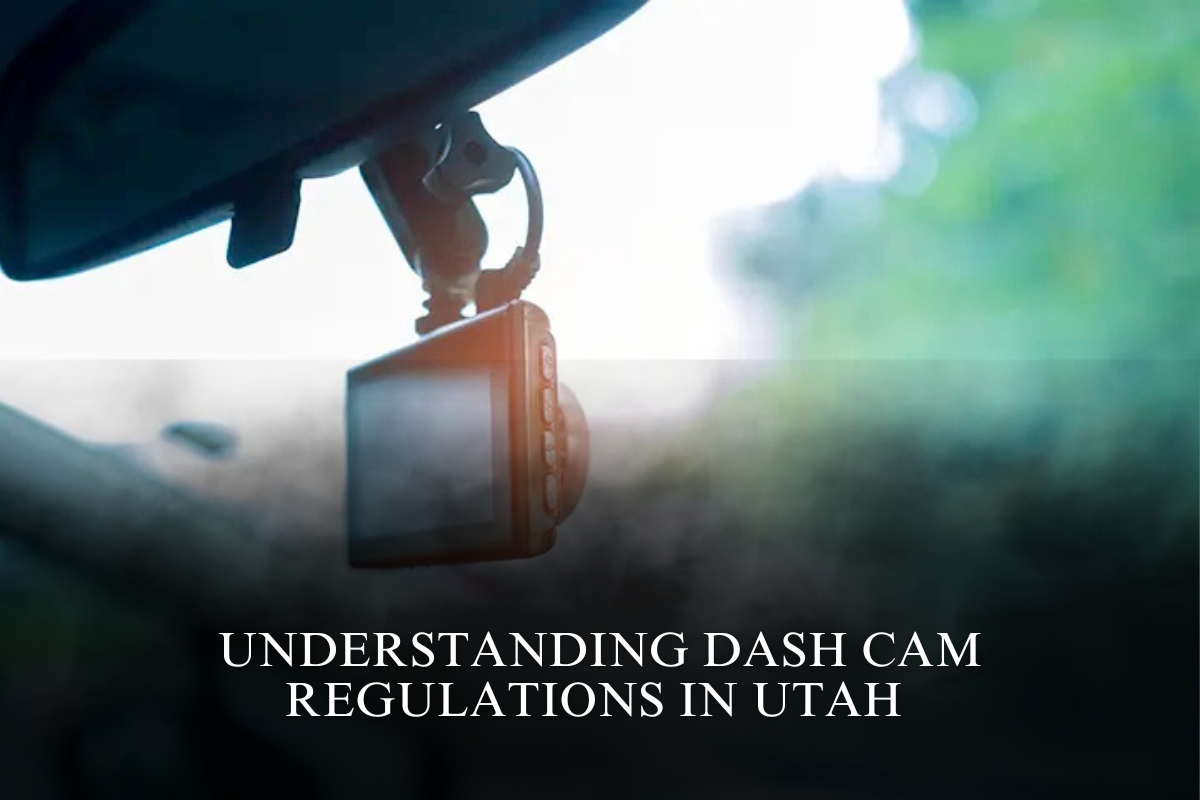(Casper, WY) – Last month, two local lawmakers voted in favor of drafting a number of legislative proposals to further restrict cloud seeding in Wyoming.
The Wyoming Legislature eliminated all state funding for ground-based and airborne cloud seeding operations during the 2025 legislative session, but ground-based programming in the Wind River Mountains and Sierra Madre Mountains will continue, funded by Colorado River water users and other interested parties, according to Wyoming Water Development Office Deputy Director Barry Lawrence.


Moratorium
Wyoming Rep. Mike Schmid, R-La Barge, presented two potential bill drafts and a cloud seeding resolution to the Wyoming Legislature’s Joint Agriculture, State and Public Lands, and Water Resources Committee on August 28 in Casper.
Schmid’s first bill draft, titled “The Wyoming Cloud Seeding Moratorium and Baseline Act,” would suspend all cloud seeding operations in the state for ten years in order “to establish a clear scientific baseline of precipitation and water resources,” he told the committee last month.
“This approach ensures that future decisions on cloud seeding are based on reliable data rather than assumptions,” Schmid said. She further explained that, “without a true baseline for un-seeded years, Wyoming cannot know whether seeding helps, hurts, or just shifts water from one region to another, effectively robbing Peter to pay Paul.”
Wyoming Rep. Pepper Ottman, R-Riverton, who voted in favor of drafting the bill last month, and fellow committee member Wyoming Rep. John Winter, R-Thermopolis, whose legislative district includes a portion of Fremont County, expressed concern about the latter point earlier in the meeting, asking whether cloud seeding in the Rocky Mountains would have a negative impact on precipitation levels on the other side of the country.
“The people in the east rely on rainfall, or they don’t get anything,” he said. “Are we … going to be inadvertently manipulating their weather conditions?”
In response to her inquiry, Jeff French, Head of the Atmospheric Science Department at the University of Wyoming, explained that a water vapor molecule in the lower atmosphere only has a “residence time” of 24 to 36 hours, so “a single vapor molecule that passes over a mountain in Wyoming, even if it doesn’t fall out as precipitation, would cycle out of the atmosphere long before it reached the East Coast.”
“In thinking of long-range effects, water vapor cycling occurs at scales much faster than what the impact would be by having additional precipitation removed from the atmosphere at some point upstream,” according to him.
Cloud seeding may have an impact on nearby regions, but French stated earlier in the meeting with “some degree of certainty” that the process generates “extra-area effects” that “can be positive or negative.”
“The question (is), in the long-range, over the course of a season, are there significant extra-area effects that are really going to have an impact on people, positive or negative?” said the reporter. “That’s a difficult question to answer, (but) we should be putting resources towards answering that question.”
Health effects
Ottman suggested that the answers to such questions, particularly those about the health effects of cloud seeding, be determined using laboratory simulations rather than the actual environment.
“I do not think that a hypothesis is something that we should use the people of Wyoming to prove,” she told me. “It’s a good idea to simulate this hypothesis in a micro-simulator at a university or somewhere, rather than in the skies.
“We have demonstrated that the incidence of disease and chronic illness is increasing in the United States, and it is especially true in this state. So what I’ll say is that I agree that perhaps we should impose a 10-year moratorium and see if the citizens’ health improves.”
Wyoming Sen. Laura Pearson, R-Kemmerer, expressed concern about the effects of cloud seeding on plant and animal health, particularly bighorn sheep in the Wind River Mountains, where ground-based cloud seeding operations have been underway for more than a decade.
“Big horn sheep (are) stuck in these areas where this cloud seeding is happening, and they’re still having respiratory issues – still dying off,” says Pearson. “Are we testing to see, with these respiratory issues, whether it’s coming from the chemicals that are in these cloud seeding programs?”
Principal Lead Biologist Patrick Golden of Heritage Environmental Consultants told Pearson that he was unaware of any research into the effects of cloud seeding on the health of bighorn sheep, but earlier in the meeting, he reported that “trace chemistry analyses that have been done in snow, water, and soil have all shown negligible environmental impact from seeding operations.”

“Environmental sampling of cloud seeding operations that we’ve done on multiple projects around the country have found no detectable increase in total silver concentrations above background levels in soil, streams, or aquatic species within those seeded areas,” Mr. Golden said. “Total silver concentrations from seeding are orders of magnitude lower than naturally occurring background levels of total silver.”
Other compounds found in cloud seeding solutions include para-dichlorobenzene and sodium perchlorate, according to Senior Scientist Ross Edwards of the Wisconsin State Laboratory of Hygiene at the University of Wisconsin-Madison, but these materials are much more prevalent in common items such as urinal cakes and fireworks.
“They’re kind of inconsequential,” he told me.
Clean air
The second bill Schmid proposed last month is known as the Wyoming Clean Air Preservation Act.
“It is designed to protect Wyoming’s sovereignty, public health, and environment by prohibiting unauthorized atmospheric, geoengineering, or climate modification activities within this state,” Schmid informed the audience. “The legislation ensures Wyoming maintains control over its skies and prevents outside entities from conducting harmful or unauthorized atmospheric experiments.”
Cloud seeding was one of the activities listed as prohibited in Wyoming under Schmid’s second bill draft proposal, which the committee approved last month with Ottman and Winter’s support.
Schmid also submitted a related draft resolution to the committee for review last month, which was also approved, with Ottman and Winter’s support.
Ottman stated that she voted in favor of all three proposals in order “to move them forward and get educated.”
“It is so important for the furtherance of our state in a lot of different areas,” according to her. “So this conversation needs to go on.”
The committee’s next meeting is scheduled for October 28-29 in Cheyenne.












